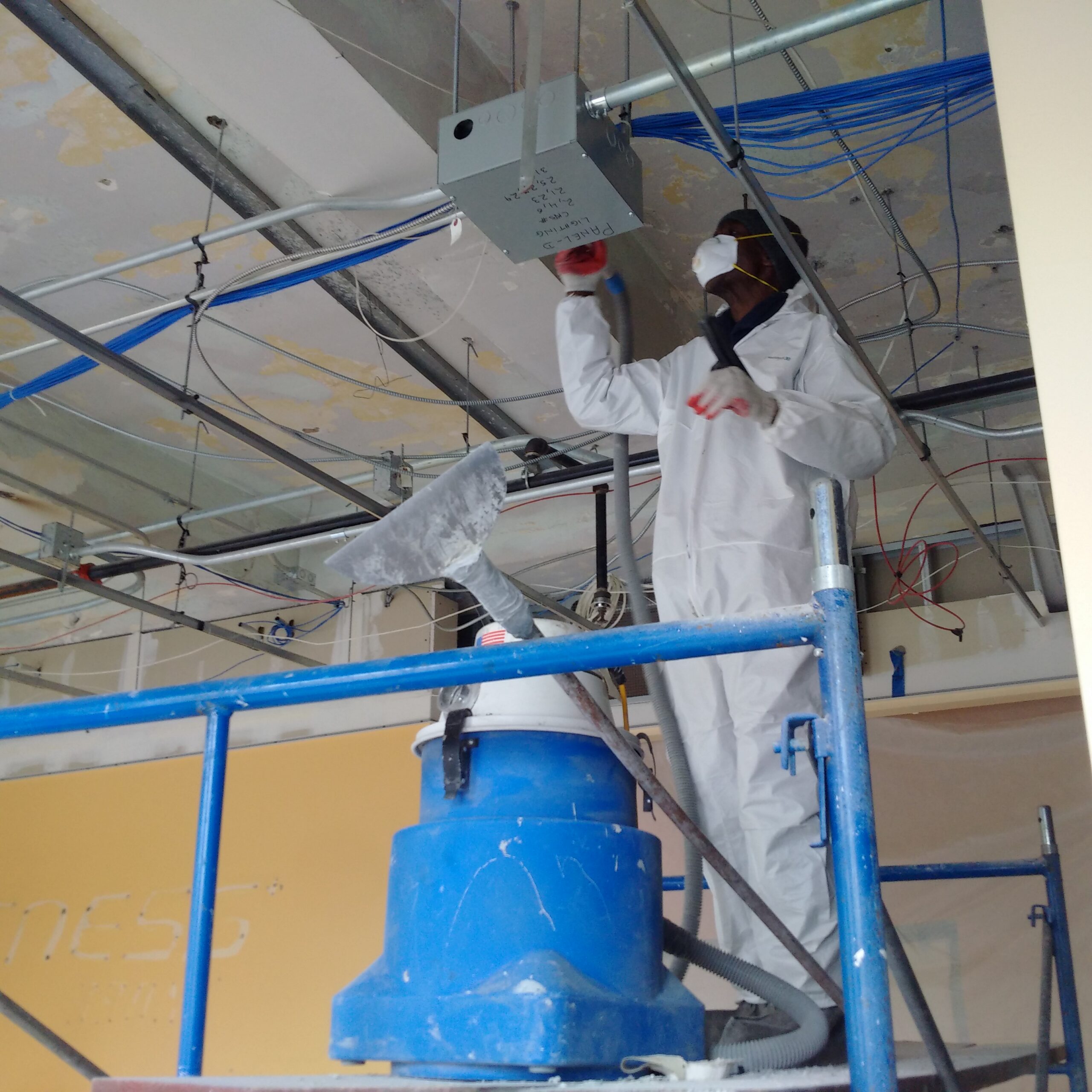Crucial Devices and Approaches for Efficient Lead Violation Cleanup
Dealing with lead violations effectively necessitates a detailed method that mixes the right tools with critical methodologies. Simultaneously, the usage of specialized clean-up devices, such as HEPA vacuums and lead-specific cleansing representatives, is essential for extensive impurity elimination. Reliable control methods, including plastic bed linen and negative air pressure systems, are necessary to protect against the spread of hazardous products.
Personal Safety Equipment
Individual safety devices (PPE) is a crucial element in the reliable management of lead contamination cleanup. PPE acts as an important obstacle, protecting employees from the unsafe results of lead direct exposure, which can cause serious health repercussions. The crucial PPE for lead cleaning consists of respirators, safety garments, handwear covers, and eye defense. Each sort of tools is especially developed to minimize various dangers connected with lead particles and dust.
Respirators, specifically those equipped with HEPA filters, are essential for filtering air-borne lead fragments, preventing inhalation. Safety apparel, consisting of coveralls and non reusable suits, stops lead dirt from adhering to employees' garments, reducing the risk of second contamination.
In addition, strenuous training on the appropriate usage and maintenance of PPE is essential. Workers should be informed on putting on and doffing treatments to avoid contamination. Normal examinations and substitutes of PPE elements are necessary to keep their protective capacities, making sure a secure and certified cleanup procedure.
Specialized Cleanup Tools

One more essential device is the wet/dry vacuum, which can efficiently tidy up both dirt and fluid impurities. These vacuum cleaners usually feature HEPA filters to give an additional layer of safety and security. Wet cleans or tack cloths are additionally important for surface cleansing; they are especially designed to catch and hold lead bits, decreasing the threat of spreading contamination.
For more stubborn down payments, specialized lead-removal cleaning representatives are required. These representatives are formulated to damage down lead fragments, making them easier to get rid of. Scrub brushes with tough bristles can help in this procedure, especially on harsh surface areas where lead dirt tends to adhere much more strongly.
Additionally, encapsulants are utilized to seal lead-contaminated surfaces, preventing the release of lead dust. These specialized paints and finishings are designed to comply with various substratums, offering a long-lasting option for lead control.
Reliable Containment Methods
Efficient control techniques are crucial in mitigating the spread of lead contamination throughout clean-up tasks. Implementing durable control strategies makes certain that lead bits do not migrate to unaffected areas, therefore protecting both workers and the atmosphere. One main technique is making use of plastic sheeting to seal off polluted areas. Durable polyethylene barriers can be installed from flooring to ceiling to develop a controlled workplace, dramatically lowering the danger of airborne lead dirt dispersal.

To boost containment, encapsulants can be put on surfaces that are not being eliminated or disrupted. These specialized coatings bind lead dust, minimizing its schedule for resuspension. Additionally, all personnel need to use appropriate Personal Safety Equipment (PPE), consisting of respirators and non reusable matches, to stop contamination spread.
Safe Disposal Practices
Ensuring safe disposal techniques is a crucial component in the management of lead contamination cleaning. Correct disposal minimizes the threat of lead coming back the environment and endangering public health (DOH & HPD Lead Violation Removal NYC).
Transferring lead waste needs adherence to strict guidelines. Making use of accredited contaminated materials carriers makes sure that the products are managed sensibly. Documents, consisting of manifests detailing the type and quantity of waste, should accompany shipments to track the waste from the site of origin to its final disposal destination.
Designated contaminated materials disposal facilities are geared up to manage lead-contaminated materials safely. These facilities frequently employ advanced methods such as stabilization, solidification, or chemical therapy to counteract the lead prior to disposal. Landfilling in specialized, lined locations that stop leachate from polluting groundwater is a common practice for last disposal.
Normal training for employees included in lead waste disposal is essential to maintain safety and security criteria and stop unexpected exposure. By sticking to these methods, organizations can significantly lower the ecological and health and wellness impacts connected with lead contamination.
Regulatory Compliance Tips

Sticking to regulatory conformity is vital in the successful implementation of lead contamination clean-up. Understanding and adhering to link federal, state, and local guidelines guarantees not just the security and wellness of individuals yet likewise the lawful and monetary health of the clean-up company. The Epa (EPA) sets rigorous requirements, such as the Lead Renovation, Repair Service, and Paint (RRP) Guideline, which mandates appropriate qualification and training for professionals taking care of lead-based activities.
Conformity starts with a comprehensive evaluation of relevant laws and policies. Organizations needs to remain upgraded on any kind of legislative changes, which can be helped with with normal training sessions and registering for industry updates. Documentation is another vital conformity element; keeping thorough documents of all tasks, consisting of examination records, staff member training logs, and disposal manifests, is essential.
Furthermore, engaging with certified lead check here inspectors or risk assessors ensures that lead hazards are correctly identified and mitigated. Employers have to apply the usage of Individual Safety Devices (PPE) and guarantee that safety protocols are strictly adhered to. Clear communication with stakeholders, including staff members, clients, and regulatory bodies, will certainly promote a culture of conformity and responsibility, ultimately adding to a go now much safer and much more reliable lead clean-up process.
Verdict
Effective lead violation cleaning requires the integration of specialized devices and strategic techniques to make sure safety and efficiency. Utilizing HEPA vacuum cleaners, specialized cleaning up representatives, and efficient control approaches such as plastic sheeting and adverse air stress systems is important. Individual safety tools (PPE) safeguards employees from exposure, while safe disposal practices and stringent adherence to regulatory conformity are important for sensibly managing harmful waste. Collectively, these procedures significantly alleviate wellness dangers and add to a cleaner environment.